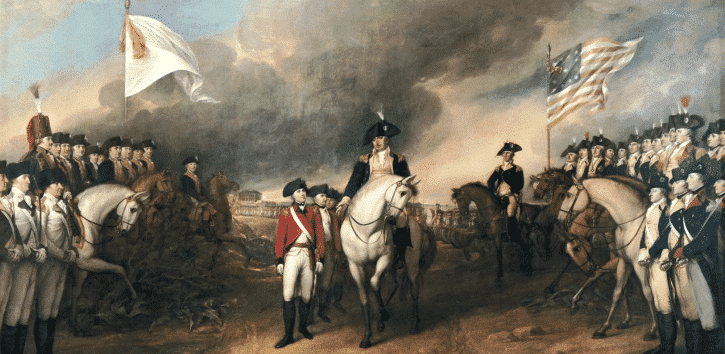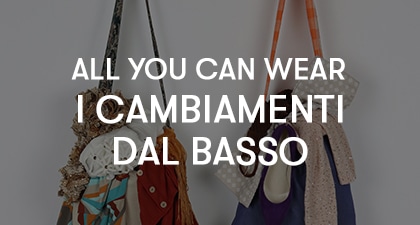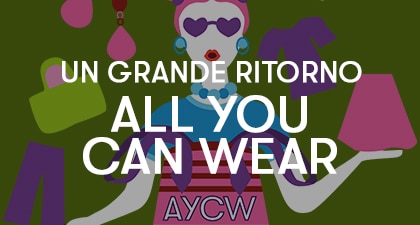Good lines, evil lines: pt. 2

We know you’re curious to discover how the story of stripes in fabrics and clothing continues, after reading Part 1 of this fascinating story. We left you in the Middle Ages, during which stripes were mostly considered malevolent: they signified ambiguity and social exclusion.
With the beginning of the Modern Era, gradually, things start to change. Striped clothing begins to be worn by all those belonging to a servile and subordinate condition in relation to the noble class, primarily in the domestic sphere. Thus, stripes begin to indicate a condition of inferiority in status, but they are not necessarily derogatory. Later, stripes leave the domestic sphere to enter the wardrobes of those in service to the noble class: treasurers, falconers, musicians, and so on.
Another branch of this intricate tree that is the history of stripes can be found between the 15th and 16th centuries in Venice: stripes in the domestic sphere somehow become a reference to the exotic and indicate, besides servile status, also a pagan origin. The reason for this lies in the Venetian patricians’ habit of employing domestics of African origin, and in this context, stripes, in addition to indicating subordination, also evoke a return to nature and peoples considered, at the time, very distant from civilization.
But here’s another ambiguity of stripes: in the modern era, they begin to be seen as even elevating. This phenomenon is observed from some decades of the 16th century and later triumphs in the second half of the 18th century and into early Romanticism. But beware: aristocratic stripes are strictly vertical, while horizontal ones retain their bad reputation.

There follows a silent period for this pattern, due to the Protestant Reformation, wars, an unstable economy, and other factors that call for more neutral, if not downright austere, clothing.
We must wait for the American Revolution to witness the rapid spread of striped fabrics in textiles, emblems, decorations, and clothing. The image of the American flag with stripes becomes a symbol of freedom and new ideas (let’s remember that the American Revolution is a product of the Enlightenment), and this sparks interest even in Europe.


In France, during the Revolution, stripes regain relevance and officially enter the revolutionary emblematic repertoire, especially with regard to fabrics. Striped clothing becomes a tool for propaganda, and revolutionaries even wanted a striped uniform for all citizens as an expression of egalitarian ideals. The striped symbols of the French Revolution later extend from the domain of the state and its institutions to that of commercial companies, private establishments, and sports.
In the early years of the 19th century, stripes shift primarily to walls and decorative fabrics. Not that there are no earlier examples of stripes in household fabrics, but in this period the phenomenon asserts itself in society. The association between curtains and stripes has, in fact, traversed centuries, from medieval miniatures to modern-day beaches. As for the fashion of painting walls with stripes, the explanation lies in the fact that, at the time, walls were very low, and vertical stripes optically enlarged the space.
At this point in history, both horizontal and vertical stripes are accepted, sometimes elevated to prestigious patterns. But our protagonists don’t contradict themselves, and alongside their new positive connotation, they still carry negative meanings. And this remains true even today! Who doesn’t associate, among other things, stripes and prisoners? Yet today, no prison uniform is striped.

One cannot help but think with a tight heart of the stripes imposed by the Nazi regime on the deportees. The striped uniforms of the prisoners behind the bars of their cells create an unsettling image of an isolating cage, indestructible and impassable.
The last of the meanings of stripes we share with you today, not entirely disconnected from the previous one when you think about it, concerns the belief, also dating back to the Middle Ages and persisting to this day, that striped fabric could be a barrier against demonic spirits. And who knows if this is the reason why much of contemporary nightwear features a striped pattern: could it protect us from nightmares and misfortune during the time of day when we are most vulnerable and unaware of what is happening around us? Certainly, there’s no single answer, but the explanation, at least to us, seems reasonable.

We remind you that all the information in this article comes from a fascinating reading we had the pleasure of discovering some time ago: “The Devil’s Cloth: A History of Stripes and Striped Fabric” by contemporary historian Michel Pastoureau.
In the next episode of the blog, we will present the third part of this anything but linear journey (allow us the pun) through the story of stripes in fabrics in the contemporary imagination. Stay tuned!
To explore our clothing catalog, where, as shown in the image below, stripes are not missing, click here. You can also follow us on our Instagram profile for daily insights, curiosities, and news from the world of Cooperativa DMM clothing!









